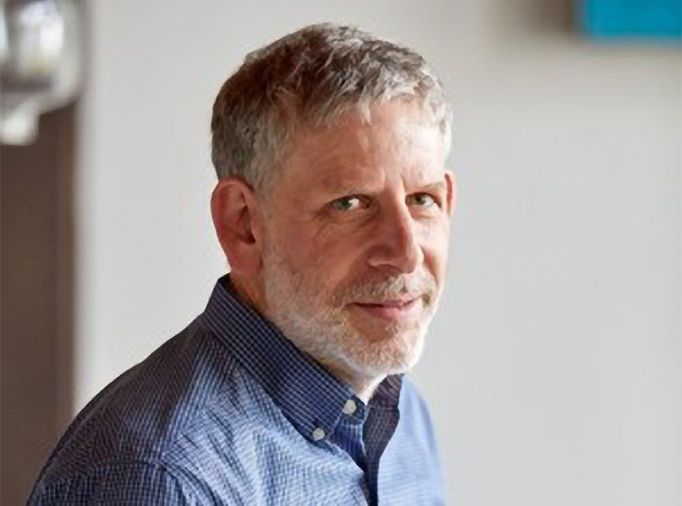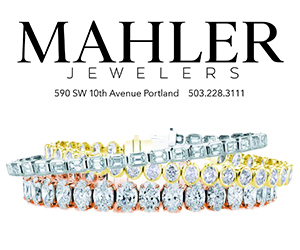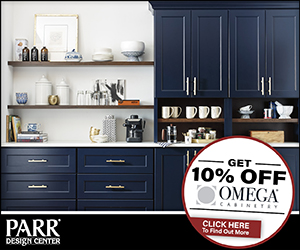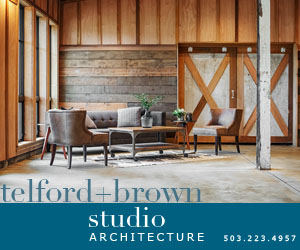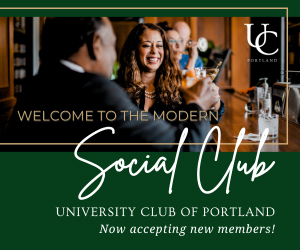Shoptalk - Allan Farkas, AIA
Before forming Eggleston/Farkas Architects in 1999, were you working as an architect in the Seattle area since you arrived there in 1989?
FARKAS I had worked as a cabinetmaker before moving to Seattle in 1989 for the graduate program in architecture at UW. During and after grad school, I worked at three architectural offices in town before John Eggleston and I founded Eggleston Farkas Architects in 1999.
Which art/artist/architect most informs your work?
FARKAS I am drawn to artists whose work is connected to its site, provides an experience of its place, and expresses how it was made. The work of Andy Goldsworthy, Robert Smithson, and James Turrell all apply. The most memorable show I’ve seen was Anne Hamilton’s 1992 “Accountings,” a transformation of the Henry Art Gallery. The installation played with your perceptions of sight, smell, and sound - using only candle smoke, wax, rusty metal tags, and live canaries.
It used to be that the only places to see new work were in 2-3 monthly publications and picking up an occasional monograph from Peter Miller Books. Now, there’s a limitless supply of architectural images available online (much of it excellent), which I find overwhelming. Instead, I turn back to the architects whose work I’ve been following for a while, such as Brian Mackay-Lyons, Glen Murcutt, Rick Joy, Peter Zumthor, and Wendell Burnett. The common factor is that their work is designed as a response to its region and site, and is thoughtfully detailed, built, and crafted.
How do you find inspiration for a new project?
FARKAS Rather than coming from external sources, the inspiration is usually intrinsic to the project. My job is to find a design direction that takes advantage of the qualities of the site in meeting the owners’ interests and aspirations. It’s an iterative process, sketching different design ideas that relate to the site and program until they coalesce, forming a strong overall concept. At some point, thoughts about finish materials, the structural system, building codes, etc., come into play and further inform the design. And the owners’ budget is always in the background, setting appropriate limits to the project scope.
What would you be if you weren’t an architect?
FARKAS Unemployed.
What are your current interests?
FARKAS Hiking, which I don’t do as often as I’d like. I also find myself listening to a lot of podcasts – primarily science and technology, with some politics, linguistics and humor thrown in. This has mostly replaced my non-fiction reading on the same subjects.
Best place to spend a long weekend in the PNW?
FARKAS Just about anywhere on the San Juan Islands. The weekend starts as soon as you board the ferry. A particular treat is spending a family weekend on Decatur Island at a cabin we designed.
Are there any new-to-the-market materials you’re excited to work with on upcoming projects?
FARKAS It’s always risky to work with new-to-the-market materials because there isn’t a track record for their reliability. That said, I have a client who will likely take the risk and use Daltile’s RevoTile as a DIY sweat-equity project. I’m cautiously optimistic.
In some ways, the most interesting new products are those that are below the skin - such as improved insulation and membranes and high efficiency heating and lighting - allowing buildings to be more comfortable and reduce their environmental impact.
What would be your ideal project to tackle and why?
FARKAS The ideal project to tackle would incorporate an inspirational site, with an interesting program, and working with great people:
a. I work on a limited number of projects at a time, and projects can last 1-2 years, so the most important thing for me is to enjoy working with the people on the team - owners, consultants, and contractors. If the chemistry is wrong, it won’t be fun, and problems (there are always problems) will be magnified. The goal is for the owners to move in, enjoying the process and loving the product.
b. The project’s site is a primary inspiration for design, so I look forward to any project with a dramatic natural setting, an interesting context, or a striking existing building to work with.
c. While every custom home design is unique, it’s nice to take on projects with different uses or building types now and again, be they multi-generational living (our Maunaloa House in Hawaii), dental offices (Belltown Dental & Brooks Dental Studio), a pie shop (Shoofly Pie), or a loft remodel.
For more information visit: www.eggfarkarch.com

